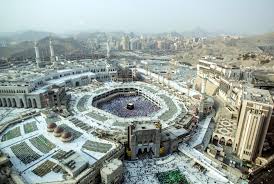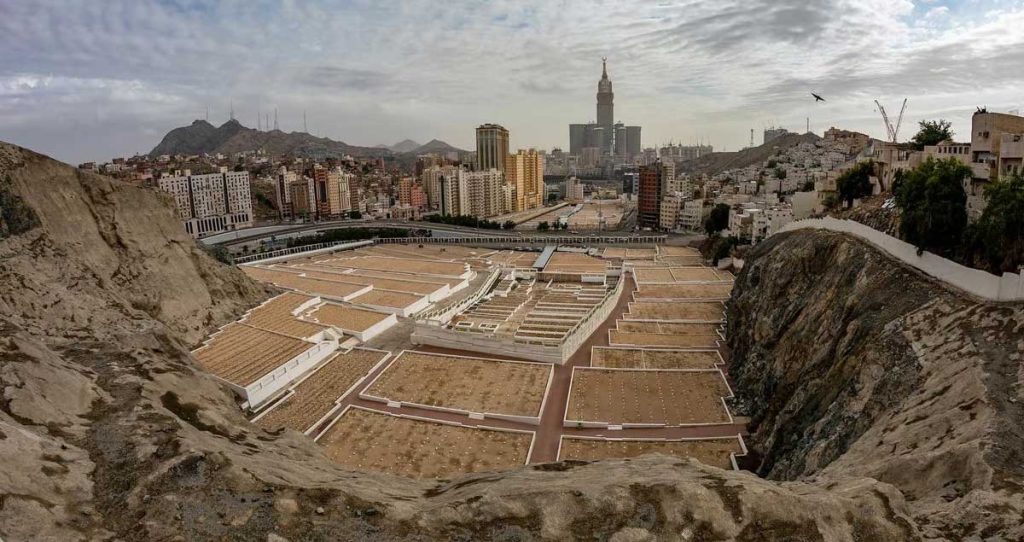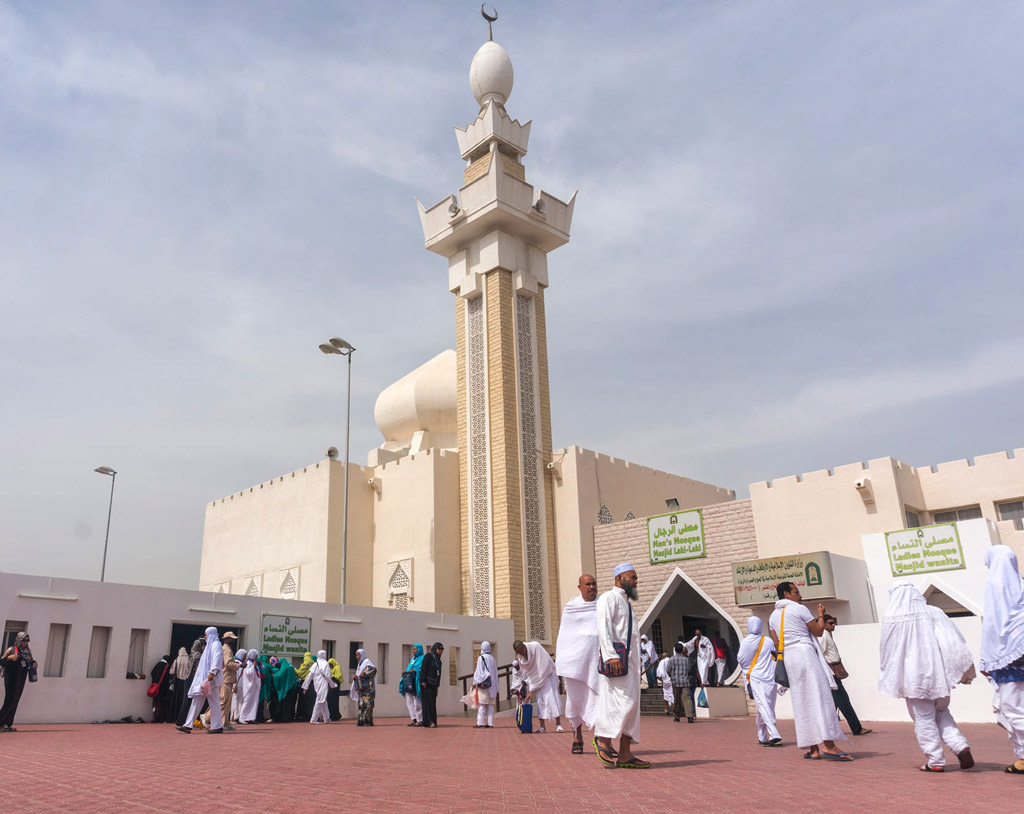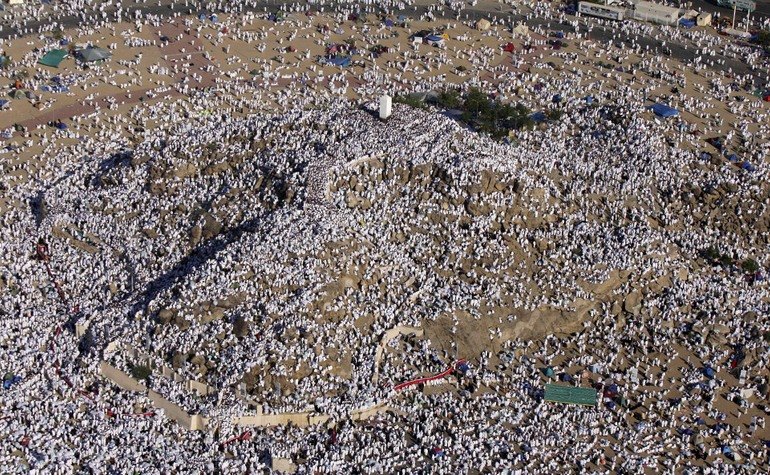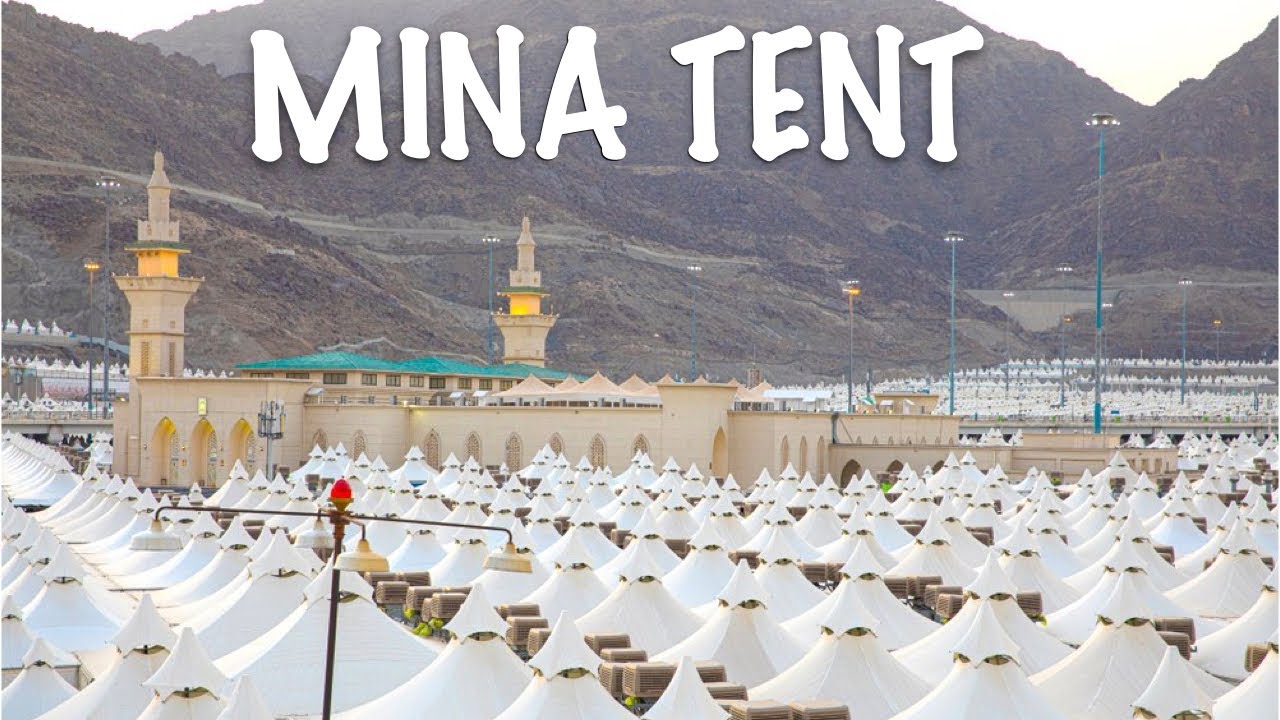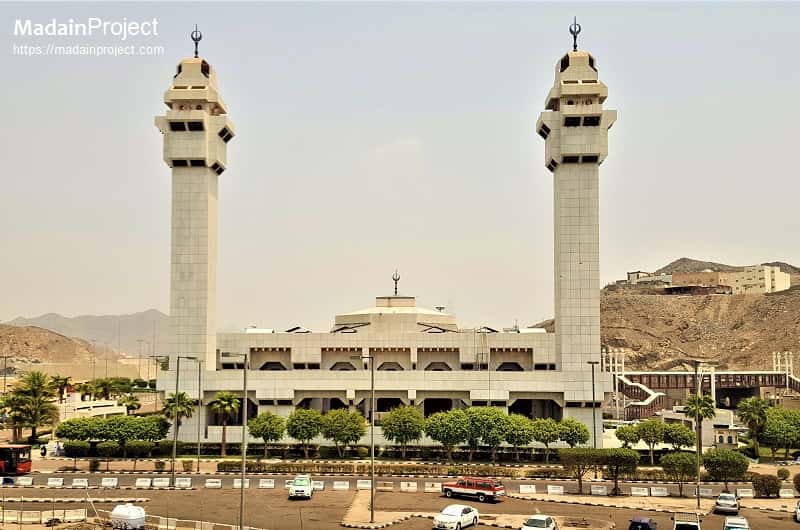Travelers will be staying, for 8 days, at the Park Inn Radisson Al Naseem Hotel.
The Umrah
Umrah Preparation
tours

Umrah Visa, Hajj Visa and Other Documents
1 Visa Application
1.1 Hajj Visa
1.2 Umrah Visa
2 Passport
3 Passport-Sized Photos
4 Proof of Vaccination
5 Marriage Certificate/Birth Certificate
6 Round-Trip Ticket
7 Banker’s Draft/Cheque
8 Proof of Religion (for Converts)
9 Islamic Will (Wasiyyah)

Health & Medication
Although travelling to any part of the world carries certain health risks, embarking on Hajj or Umrah poses a number of additional challenges due to the hot climate, the strenuous nature of its rites as well as the gathering of large crowds.
1 Common Illnesses and Health Risks in Saudi Arabia
1.1 Heat Exhaustion
1.2 Respiratory Infections
1.3 Constipation
1.4 Diarrhoea
1.5 Food Poisoning
1.6 Skin Problems
1.7 Sleep Deprivation
1.8 Marble Floors
1.9 Crowds
1.10 Road Traffic Accidents
1.11 Infectious Disease from Shaving
2 Guidelines for Pilgrims with Chronic Illnesses
2.1 Diabetes
2.2 High Blood Pressure/Hypertension
2.3 Arthritis
2.4 Asthma
2.5 Back Problems
3 Medical Facilities in Saudi Arabia
3.1 Over-the-Counter Drugs

Hajj and Umrah Vaccinations
Before being allowed to enter Saudi Arabia to perform Hajj or Umrah, you will need to have had certain vaccinations.
1 Meningococcal meningitis
2 Yellow Fever
3 Poliomyelitis (Polio)
4 Seasonal Influenza
5 Other Vaccinations

Physical Fitness
Hajj and Umrah require a great deal of physical exertion. The rituals of Hajj, in particular, can be very taxing on the body. This compounded by the hot weather and being among hundreds of thousands of other pilgrims at the same time, often in limited spaces, highlights the need to be in good physical shape before your journey.
1 The Importance of Being Physically Fit
1.1 Your Hotel – Moving hotel and haram
1.2 Tawaf – Perform seven circuits of the Kaaba.
1.3 Sa’i – The Sa’i, is about 3.15 kilometres, taking about 40 minutes to complete.
1.4 Hajj – pilgrims move between sites during the Hajj, many walk, some out of choice and others through necessity.
2 How to Prepare
2.1 Walking
2.2 Exercise
2.3 Footwear
2.4 Diet

Baggage
Having the right type of luggage for your Hajj or Umrah journey will provide you with a more comfortable travel experience and may also help you to avoid extra fees at the airport.
1 Suitcase – A good quality suitcase with a hard case and a built-in locking system is recommended.
2 Baggage Allowance – Your ticket will indicate your baggage allowance.
3 Zamzam Water Allowance – A 5-litre round sealed bottle of Zamzam water can be purchased at the international airport in Jeddah for 12.5 riyals per person.
4 Lost Baggage – If your baggage fails to arrive, make sure you file your claim immediately at the airport
5 Other Baggage
5.1 Backpack
5.2 Waist Pouch or Neck Pouch
5.3 Shoe Bag/Stringed Bag

Money & Banking
Although Hajj is one of the five pillars of Islam, it’s only an obligation for those who are financially capable of undertaking the journey.
1 The Currency in Saudi Arabia
2 Money Exchange
2.1 At Home – take about 450 riyals
2.2 In Saudi Arabia – available at banks and
3 How Much Money to Take – Be advised by your travel agent
4 ATMs – There are thousands of ATMs in the kingdom, accepting major international debit and credit cards such as Visa, American Express and MasterCard.
5 Theft – Even the sacred cities of Makkah and Madinah aren’t free of them.

Clothing
1 Ihram – Men must wear two pieces of white, unsewn, plain cloth as part of the Ihram – an izar (waist-wrapper) and a rida (upper body covering, like a shawl). For women, there is no specific garment in the state of Ihram. Your dress should be plain, inconspicuous and not for beautification.
2 Clothes – It’s a good idea to take comfortable, loose-fitting cotton garments for everyday wear.
2.1 Men – For men, the Saudi thobe/jubbah and the Indo-Pak shalwar qameez are ideal pieces of clothing for everyday wear.
2.2 Women – For women, although it isn’t a requirement, wearing an abaya is the most convenient option because it is loose, non-transparent and doesn’t reveal the body’s figure.
3 Footwear – As a general rule, you should avoid buying brand-new footwear for your Hajj or Umrah.
4 Laundry – Laundry services may be available as part of your Hajj or Umrah package, which you should inquire about with your tour operator.
5 Toiletries – Although toiletries are widely available in Makkah and Madinah, you may want to arrive with some items.
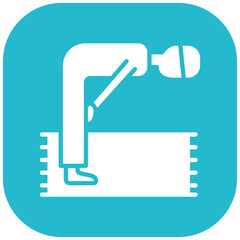
Mental & Spiritual Preparation
Performing Hajj or Umrah is an act of worship, so must be performed peacefully and with devotion. There are a number of simple, yet important things you should do before undertaking this unique journey in order to get into the right frame of mind. Following are some tips which will help you to prepare yourself mentally and spiritually before and during the journey.
1 Purify your Intention
2 Seek Assistance
3 Repentance
4 Seek Forgiveness from Others
5 Make up Outstanding Prayers, Fasts and Zakat
6 Clear Debts
7 Trusts
8 Halal Money

Checklist
The following is a comprehensive checklist of items to take with you on your journey. Don’t feel obligated to take everything on this list (other than the travel essentials), rather take those items that you feel are necessary.
1 Travel Essentials
2 Prayer
3 Baggage
4 Clothing & Accessories
5 Toiletries/Hygiene
6 Medication
7 Electronics
8 Days of Hajj
9 Other Items
Umrah
UMRAH
Umrah: Introduction
Umrah (Arabic: عمرة), sometimes referred to as the “lesser” or “minor’ pilgrimage, consists of carrying out a set of rites in the precinct of Masjid al-Haram in Makkah. It consists of four essential practices and can be carried out at any time of the year.
Meaning of Umrah
Linguistically, Umrah means “to visit a particular place”. In terms of Sharia, Umrah comprises passing the Miqat in the state of Ihram, performing Tawaf of the Kaaba, doing Sa’i of Safa and Marwa and carrying out Halq (shaving) or Taqsir (shortening) of the hair.
Umrah can be performed throughout the year, although it is disliked to carry out the pilgrimage during the days of Hajj, which take place between the 9th and 13th of Dhul Hijjah. The rites carried out during Umrah also form an integral part of Hajj itself.
Obligation of Umrah
Allah says in the Quran:
وَأَتِمُّوا الْحَجَّ وَالْعُمْرَةَ لِلّٰهِ ❁
And complete the Hajj and Umrah for Allah.
[Surah al-Baqarah, 2:196]
The Prophet ﷺ performed Umrah four times during his life. There is a difference of opinion among the four Sunni schools of thought as to whether performing Umrah at least once in a person’s lifetime is compulsory or not.
According to the Hanafi and Maliki schools of thought, Umrah is not fardh (obligatory) but is considered a sunnah mu’akkadah (emphasised sunnah). On the other hand, the performance of Umrah is considered fardh according to the Shafi’i and Hanbali schools of thought, just like Hajj.
Virtues of Umrah
Although Umrah isn’t an obligation for those who follow the Hanafi and Maliki schools of thought, there is still tremendous benefit and blessing in its performance, as mentioned in the following Hadiths:
Abu Hurairah I narrates that Allah’s Messenger ﷺ said:
(The performance of) Umrah is an expiation for the sins committed (between it and the previous one). And the reward of Hajj Mabrur (the one accepted by Allah) is nothing except Paradise.
[Narrated in Sahih al-Bukhari]
Abdullah ibn Abbas I narrates that the Prophet ﷺ said:
Perform Hajj and Umrah consecutively; for they remove poverty and sin as the furnace removes impurity from iron.
[Narrated in Sunan al-Nasa’i]
It was narrated from Abu Hurairah I that the Messenger of Allah ﷺ said:
The pilgrims performing Hajj and Umrah are a delegation to Allah. If they call upon Him, He will answer them; and if they ask for His forgiveness, He will forgive them.
[Narrated in Sunan Ibn Majah]
Types of Umrah
There are two types of Umrah:
Umrah al-Mufradah – this type of Umrah is performed independently of Hajj and can be carried out at any point during the year except during the days of Hajj.
Umrah al-Tamattu – this type of Umrah is performed in conjunction with Hajj and is normally carried out in the month of Dhul Hijjah, just before the commencement of Hajj. This particular type of Hajj is known as Hajj al-Tamattu and is the most common and easiest type performed by pilgrims.
Conditions of Umrah
There are a number of conditions that need to be met in order to perform Umrah. These conditions are exactly the same as those for performing Hajj:
Islam – you must be Muslim.
Maturity – you must have reached puberty, i.e. you are baligh.
Sanity – you must be mentally sound and in full control of your mental faculties.
Financially able – you must have sufficient expenses to cover travelling, accommodation and all other requirements during the course of your Umrah. You must also have sufficient expenses to support your dependents during your absence. Being debt-free isn’t a prerequisite, although arrangements for debts to be fulfilled should be made prior to going on Umrah.
Physically able – you must be physically capable of travelling to Makkah and performing the rites of Umrah. You should be free from any illnesses or diseases that would restrict you from doing so.
Transport – you must have access to and can afford transport to travel to Makkah in order to perform Umrah. Travelling should also be safe, i.e. you shouldn’t be in any danger of being harmed during your trip.
The Necessity of a Mahram (women only) – females must be accompanied by a Mahram.
Free from Iddah period (women only) – females must be from their Iddah period, if applicable.
Time for Umrah
Legally, there is no specified time during which Umrah must be performed; it can be performed throughout the year. However, it should not be performed during the days of Hajj.
Although there isn’t a specified time, performing Umrah during Ramadan is deemed very virtuous, as indicated by Abdullah ibn Abbas I, who said:
The Messenger of Allah ﷺ said to a woman from among the Ansar: ‘When it is Ramadan, perform Umrah then, for Umrah during it is equivalent to Hajj.’
[Narrated in Sunan an-NaSa’i]
Summary of Umrah
Below is a brief overview of the rites of Umrah. Refer to the article above for an in-depth look at how to perform Umrah.
Ihram
Purity – Clip the nails, remove unwanted hair under the armpits and navel and trim the moustache.
Bathe – Do ghusl (bath) or, at the very least, wudhu (ablution).
Ihram clothing – Before reaching the Miqat, put on the Ihram. For men, this is two sheets of white cloth. For women, regular modest clothing will suffice. It is recommended to put on the Ihram at the airport before departure.
Salah of Ihram – Perform two rak’ahs of salah after putting on the Ihram. Recite Surah al-Kafirun (Surah 109) in the first rak’ah and Surah al-Ikhlas (Surah 112) in the second after al-Fatiha. Make du’a after the salah.
Niyyah – Make your niyyah for Umrah as you approach the Miqat, preferably in the plane. Make sure you remove any clothing that violates the conditions of Ihram. It is recommended to make a verbal intention. This may be done in any language.
لَبَّيْكَ اَللَّهُمَّ عُمْرَة
Labbayka Llāhumma ‘umratan.
O Allah, here I am to perform Umrah.
Talbiyah – Recite the Talbiyah:
لَبَّيْكَ اَللَّهُمَّ لَبَّيْكَ – لَبَّيْكَ لَا شَرِيكَ لَكَ لَبَّيْكَ – إِنَّ الْحَمْدَ وَالنِّعْمَةَ لَكَ وَالْمُلْكَ – لَا شَرِيكَ لَكَ –
Labbayka Llāhumma labbayk, labbayka lā sharīka laka labbayk, inna l-ḥamda wa n-ni’mata, laka wa l-mulk, lā sharīka lak.
At Your service, Allah, at Your service. At Your service, You have no partner, at Your service. Truly all praise, favour and sovereignty is Yours. You have no partner.
Men should chant the Talbiyah audibly, and women should recite quietly. Send Salawat on the Prophet ﷺ and make du’a after pronouncing the Talbiyah.
To Makkah – Proceed to Makkah while reciting Talbiyah, dhikr and Salawat.
Enter Masjid al-Haram – Upon reaching Masjid al-Haram, enter with your right foot and recite the du’a for entering the mosque.
Dua at the Kaaba – Keep your gaze lowered until you see the Kaaba. Upon seeing it, say “Allāhu akbar, Allāhu akbar, Lā ilāha illa Llāh” three times. Raise your hands, make an abundance of du’a and send Salawat on the Prophet ﷺ.
Tawaf al-Umrah
Idtiba – Men should uncover the right shoulder by passing the upper Ihram garment under the right armpit (Idtiba).
Starting point – Position yourself in line with the Hajar al-Aswad. This is the starting point of the Tawaf. A green light on the wall will highlight this position.
Niyyah – Make your niyyah for Tawaf. It is recommended that verbal intention is made. This may be done in any language.
اَللَّهُمَّ إِنِّي أُرِيدُ طَوَافَ بَيْتِكَ الْحَرَامِ فَيَسِّرْهُ لِي وَتَقَبَّلْهُ مِنِّي
Allāhumma innī urīdu l-ṭawwafa baytika l-ḥarāmi fa yassirhu lī wa taqabbalhu minnī.
O Allah, I intend to perform Tawaf of the Sacred Mosque, so accept it from me and make it easy for me.
Istilam – Kiss or touch the Hajar al-Aswad if you can reach it. If not, gesture towards it from afar. This is called Istilam. To do Istilam, raise your hands to your ears and say “Bismi Llāhi wallāhu akbar”.
Start – Start the first circuit of the Tawaf, making sure the Kaaba is on your left.
Raml – Men may walk briskly with the chest sticking out (Raml) in the first three circuits. Don’t do this if there is too much congestion.
Dhikr & du’a – You may recite Quran, do dhikr, make any du’a and send Salawat during Tawaf. Between the Rukn al-Yamani and the Hajar al-Aswad, you can recite:
رَبَّنَا آتِنَا فِي الدُّنْيَا حَسَنَةً وَفِي الْآخِرَةِ حَسَنَةً وَقِنَا عَذَابَ النَّارِ
Rabbanā ātinā fi d-dunyā ḥasanatan wafi l-ākhirati ḥasanatan wa qinā ‘adhāba n-nār.
O our Lord, grant us the good of this world, the good of the Hereafter, and save us from the punishment of the fire.
End of circuit – Returning to the Hajar al-Aswad marks one circuit. Start the second by making Istilam of the Hajar al-Aswad and saying “Allāhu akbar”.
End of Tawaf – Complete seven rounds continuously (unless salah starts). You will finish having made Istilam eight times in total.
Stop Idtiba – Cover your right shoulder with your Ihram.
Salah of Tawaf – After Tawaf, perform two rak’ahs of salah, preferably in a position where Maqam Ibrahim is between you and the Kaaba. If this is not possible, pray anywhere in the Masjid. Recite Surah al-Kafirun (Surah 109) in the first rak’ah and Surah al-Ikhlas (Surah 112) in the second after al-Fatiha. Make du’a after the salah.
Zamzam – Drink Zamzam water and make du’a.
Multazam – If possible, go to the area between the Hajar al-Aswad and Kaaba door (Multazam). Cling to the wall and make du’a. If it’s inaccessible, face it and make du’a.
Final Istilam – Before Sa’i, it’s recommended to make Istilam for the ninth time.
Sa’i of Safa and Marwa
Proceed to Safa – Go to the hill of Safa and make niyyah for Sa’i.
Dua at Safa – At Safa, face the Kaaba and say Takbir (Allāhu akbar), Tahlil (lā ilāha illā Llāh) and send Salawat upon the Prophet ﷺ. Make as much du’a as possible here.
Proceed to Marwa – On the way to Marwa, men should quicken their pace between the set of green lights. Women should continue normally.
Dhikr & du’a – Do dhikr, du’a and Salawat of your own choice as you walk between the two hills.
Dua at Marwa – After reaching Marwa, make du’a as you did at Safa. This is one lap.
Return to Safa – Go back to Safa for your second lap.
End of Sa’i – Repeat this until you have completed seven laps, finishing at Marwa.
Dua and salah of Sa’i – Make du’a and perform two rak’ahs of salah in the Masjid.
Halq or Taqsir
Exit the Masjid with your left foot and recite the du’a for leaving the mosque.
To leave the state of Ihram and complete your Umrah, you must have your head shaved (Halq) or trimmed by at least an inch (Taqsir).
Women may only have their hair trimmed.
There are a number of men’s barber shops outside the Haram.

